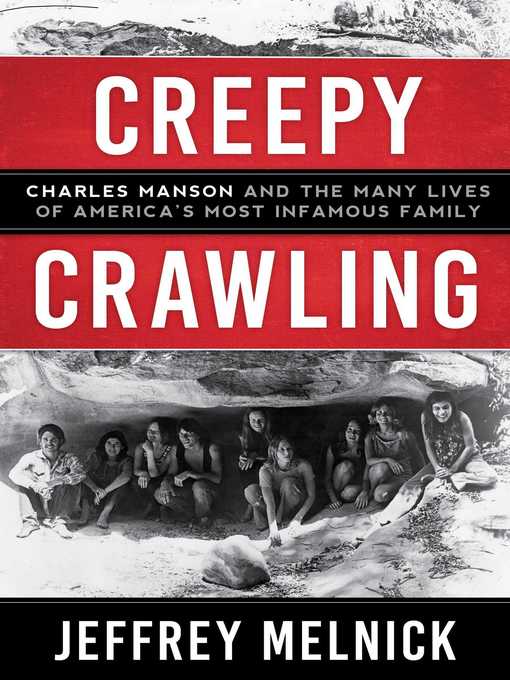
Creepy Crawling
Charles Manson and the Many Lives of America's Most Infamous Family
کتاب های مرتبط
- اطلاعات
- نقد و بررسی
- دیدگاه کاربران
نقد و بررسی

July 1, 2018
Melnick (U.S. culture, Univ. of Massachusetts Boston) delves into the cultural impact Charles Manson and his Family had on the United States, specifically in the 1970s, but also their lasting influence. Melnick divides the book into four parts--looking at how they twisted the definition of family, how California was seen after the murders, how true crime writing changed, and how members of Manson's circle endured through art. While the author does a good job recreating 1970s California and how the murders were a part of the cultural change from peace and love to fear and violence, each part works better as a separate essay than combined in a single work. This is most noticeable at the end, in which there's no conclusion that puts the pieces together for readers. Despite this, each part has a lot to say, leaving details of the murders to previous books and instead focusing on the relationships between Manson and his followers with some of the Hollywood members (aka Golden Penetrators). VERDICT This work succeeds in showing how this group embedded itself into the cultural conscious in a way that persists today. For readers interested in 1970s American culture and true crime.--Ryan Claringbole, Wisconsin Dept. of Pub. Instruction, Madison
Copyright 2018 Library Journal, LLC Used with permission.

July 2, 2018
Melnick, a professor of American studies at University of Massachusetts Boston, delivers a series of scholarly essays exploring the impact of Charles Manson on American pop culture. “It is creepy crawling that gives this book its frame,” Melnick writes, referring to the technique used by Manson and his followers to secretly enter someone’s house and rearrange the furniture, which, Melnick argues, serves as a metaphor for how the Manson family seeped into the collective unconscious. Part one of his book focuses on communal living in the 1960s; Melnick argues that Manson and his followers “emerged as a nightmare vision of what had gone wrong with American households in the late 1960s,” inspiring films about parental failure such as Paul Schrader’s Hardcore (1979). Subsequent sections explore the impact of the Manson family on popularizing the true crime genre. Prosecutor Vincent Bugliosi, who coauthored Helter Skelter, and provocateur Ed Sanders, who covered the trial for the Los Angeles Free Press, both recognized how captivating a character Manson was. Finally, Melnick discusses the influence of Manson on the work of creators such as filmmaker John Waters, who evokes the Manson “family” in Multiple Maniacs (1970) and Female Trouble (1971), and artist Raymond Pettibon, who frequently depicts Manson in his illustrations. Though the writing can be off-puttingly academic in tone, Melnick’s book is a disturbing account of the many ways Charles Manson pervades American culture. B&w photos.

May 15, 2018
Creepy crawling was a term the Manson Family used to describe the way they would sneak into someone's house and rearrange their furniture or steal something insignificant. In a broader sense, as used by author Melnick, the term describes the way the family sneaked into American pop culture and became a symbol not just for murder and mayhem, but also for the unruliness and chaos of the 1960s. The author writes about the Tate-LaBianca murders?that's unavoidable?but the murders are not his primary focus. The book is really about the way the family has shaped American history in the 50 years since the horrific event; how commentary on the murders helped to create a new kind of true-crime writing; and how the family has lived on in pop culture. It's a fascinating book, forcing us to recognize something we might rather not think about: how and why we have kept Charles Manson and his followers alive in our minds, rather than consigning them to the dustbin of history.(Reprinted with permission of Booklist, copyright 2018, American Library Association.)

























دیدگاه کاربران